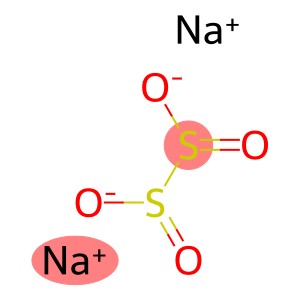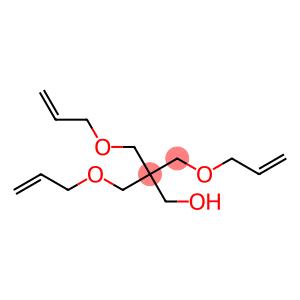Glycine(CAS#56-40-6)
| Risk Codes | 33 – Danger of cumulative effects |
| Safety Description | S22 – Do not breathe dust. S24/25 – Avoid contact with skin and eyes. |
| WGK Germany | 2 |
| RTECS | MB7600000 |
| TSCA | Yes |
| HS Code | 29224910 |
| Toxicity | LD50 orally in Rabbit: 7930 mg/kg |
Introduction
Aminioacetic acid. The following is an introduction to the properties, uses, preparation methods and safety information of aminoacetic acid:Quality:Aminioacetic acid is soluble in water and easily miscible with other organic solvents.It is weakly acidic and can react with alkali to produce corresponding salts.Aminoacetic acid has a certain volatility, so its special smell can be smelled at room temperature.Use:Aminoacetic acid is often used as a corrosion inhibitor in metalworking fluids, forming a protective film with the metal surface to reduce metal corrosion.It can also be used in the bleaching and dyeing processes of cellulose and textiles as a decolorizer and stabilizer for reactive dyes.Preparation method:Aminoacetic acid is usually prepared by the reaction of ethanolamine and chloroacetic acid. The reaction can be carried out at room temperature to produce aminoacetic acid and hydrogen chloride, the latter of which can be further processed to obtain chloride and water.Safety Information:Aminoacetic acid is an irritating substance, so please avoid direct contact with the skin and eyes, and wear protective gloves and goggles when using it.Avoid inhaling its vapors and maintain a well-ventilated working environment.If accidental ingestion or inhalation of an overdose occurs, seek medical attention immediately.During storage and use, keep away from high temperatures and open flames, and avoid contact with strong oxidizing agents.Please read and comply with the product’s safe operation guidelines and relevant regulations carefully before use.








